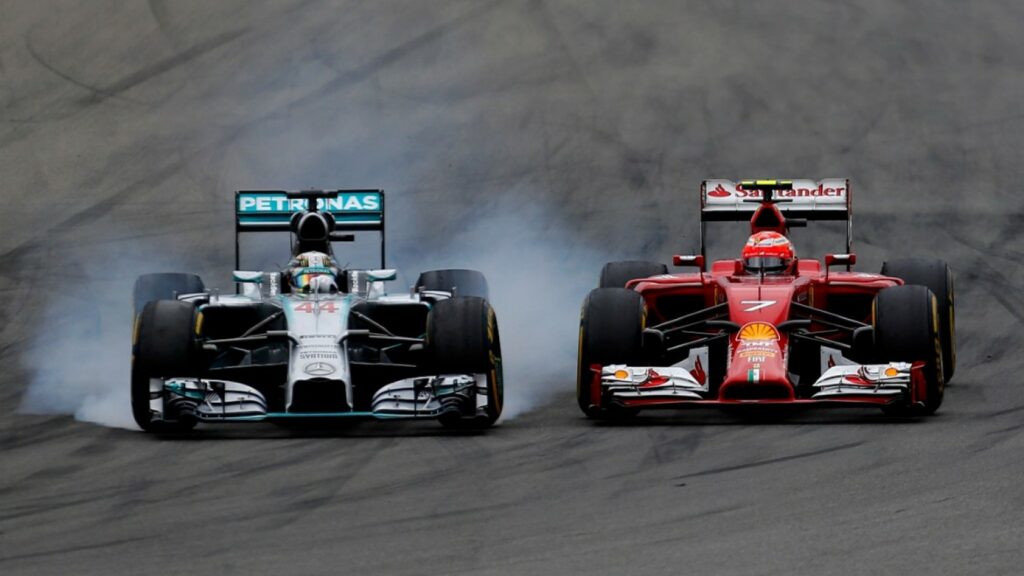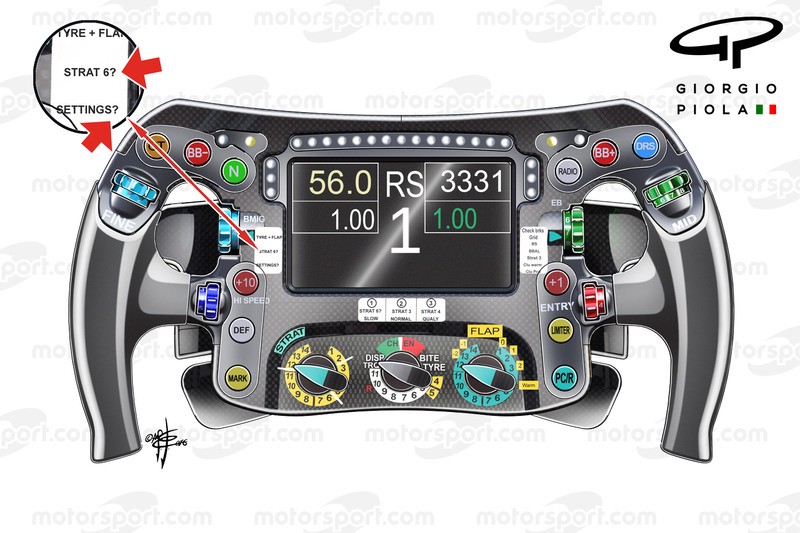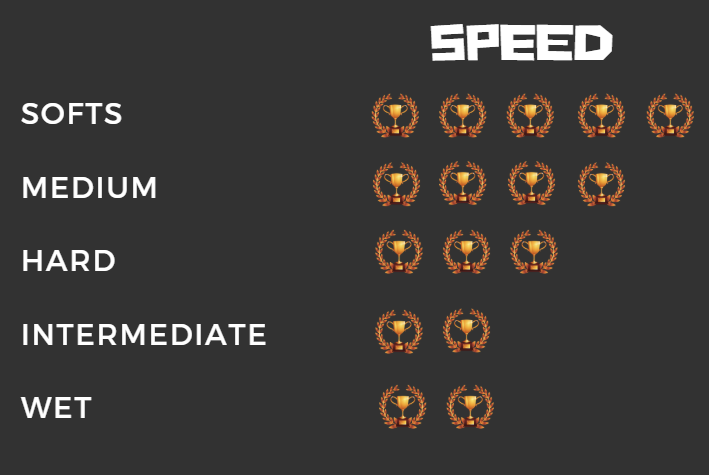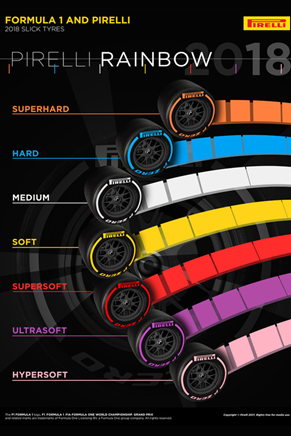The “Secret Sauce” of Formula 1 Racing

Formula One is the absolute pinnacle of what a car can do. To some, it is a show of cars going around in circles multiple times, whilst others think it’s about the glamour and parties. Both views are true, but what constitutes a win by mere milliseconds?
Large amounts of strategy, coordination, skill and equipment precision happens behind the scenes.
The Basics (Summary):
FIA, the governing body which regulates the sport since F1’s inception in 1950 is dedicated to ensuring fair play and safety for all competitors.
Despite all these regulations by FIA, the sport has a lot of variables which come in to play like weather and climate, team ethos and culture, strategy each driver banks on, the skill of the driver and many more.
In terms of viewership, Liberty Media, who owns the sport is trying to increase viewership by doing various PR exercises, introducing new race venues and ensuring closer racing.
Ecclestone, who was responsible and the driving force behind F1’s global commercial success is a great story of entrepreneurship. He was the son of a trawler captain and built one of the U.K.’s largest used car dealerships after World War II then bought the Brabham racing team in 1971.
Whilst it might not be the most accessible sport in the world, it is undeniably one of the most global sport around. With around 20 grand Prix races every year in 20 different countries and with 500 million home viewership, it is a grand show of man and technology.
Wait, Tyres are Innovative?

Pushing the limits:
The F1 has frequently pioneered the technology that has been successfully transferred to everyday transport. However, most people don’t think of tyres as innovative — actually, they rarely come up until they get a flat.
If it rains during the race, it becomes even more interesting to see how aggressively and when the teams react shifting to wet weather tyre sets to make the most or lose the least when rains hits.
The Right Mix:
The teams on Formula One have to maintain the fine balance between pace and reliability in the car and have deep technical expertise. It is also a very strategic sport, with variables such as weather, what other teammates are up to and reacting quickly to the degradation of tyres and which strategy to execute.
In the same way, a trader (or algorithm) may decide on a position based on numerous factors and probabilities, the driver’s seat in the race resembles more of a cockpit than a driver’s seat.

It is easy to dismiss the F1 as unrelatable, as unlike in football where spectators see that the entire team is chasing after a ball, resulting in goals, with the F1 most people are not aware of what goes on behind the scenes in order to win. Also, football is much easier to gain access to than a race track and relevant vehicle.
However, a lot more goes on behind the scenes — that all boil down to typical team sports. Besides the engine components, the chassis and the bodywork (aerodynamics) which are somewhat proprietary to the teams within the regulations set by the FIA, the drivers are athletes in their own right. The underlying strategy is unique to each driver depending upon driving styles, the components on their cars and the weather.
Looking at something we all might use on a daily basis in our commute — tyres also play an important part. The tyres remain a constant along with the pit garage.
Different Strokes, for Different Folks:
In the same way, football players have different boots to suit their style (and sponsorship), there are varying tyres to suit different strategies and drivers.
Right now, Pirelli has the contract to supply tyres to all Formula One races until 2019. The tyres are branded as Pirelli P Zero which is also the name for their range of tyres for road cars. In the current (2017–2018) season there are seven dry weather tyre compounds and two wet (intermediate and wet) weather tyre compounds Pirelli has developed to be used.
A softer tyre is faster and stickier but it degrades easily while a harder tyre is slower, less sticky but the degradation is slower. The wet weather tyres are only used when the situation calls for it.

For every race, each driver is allocated 13 sets of tyres for every weekend. These tyre sets are one of the three tyre compounds pre-selected by Pirelli. Out of the 13 tyre sets, 3 are preselected by Pirelli for the teams.
One of which is to be used in the third round of qualification while two others are available on race day. Out of the two, teams must use at least one in the race.
The rest (ten tyre sets) are chosen by the team and are communicated to Pirelli well in advance of the race weekend (5–7 weeks).

Tyres influence the way races to play out. Cars usually make pit stops as and when required during the race. There are no time-outs to make pit stops, and everything happens while the race is going on. It is crucial to execute a pit stop at the right time and shift or drop the right tyre to make the most of the tyres ensuring maximum race pace.
A Little Bit of Black Magic

Getting the best out of a given tyre can be the difference between winning and being lapped, and this has never been so true as it is now with the seemingly unstoppable rise in control tyres and specification series.
So, if tyres for a crucial part of the driver’s strategy, as well as prove essential to winning the race, what are the materials that go into one?
How’s this for a power-play (take that, gold!): Rubber has played a largely hidden role in global political and environmental history for more than 150 years.
You say you want an industrial revolution? If so, you need three raw materials: iron, to make steel for machinery; fossil fuels, to the power that machinery; and rubber, to connect and protect all the moving parts.
Published on Medium
READ MORE
- European tire-rubber sector faces structural, regulatory headwinds
- Low-risk, high stakes: India sharpens rubber EUDR compliance focus
- Helixtap China report: Weakness prevails Amid Oversupply, Trade Tensions, Soft Demand
- Tire giants redraw India playbooks; Indian firms rework overseas
- Chinese tire giants accelerate global expansion amid trade barriers
- Indonesia defies headwinds to post robust rubber exports in early 2025
- Tariff war, weather hit Thai rubber exports hard in April
- Exports nosedive, but Sri Lanka’s rubber industry aims high